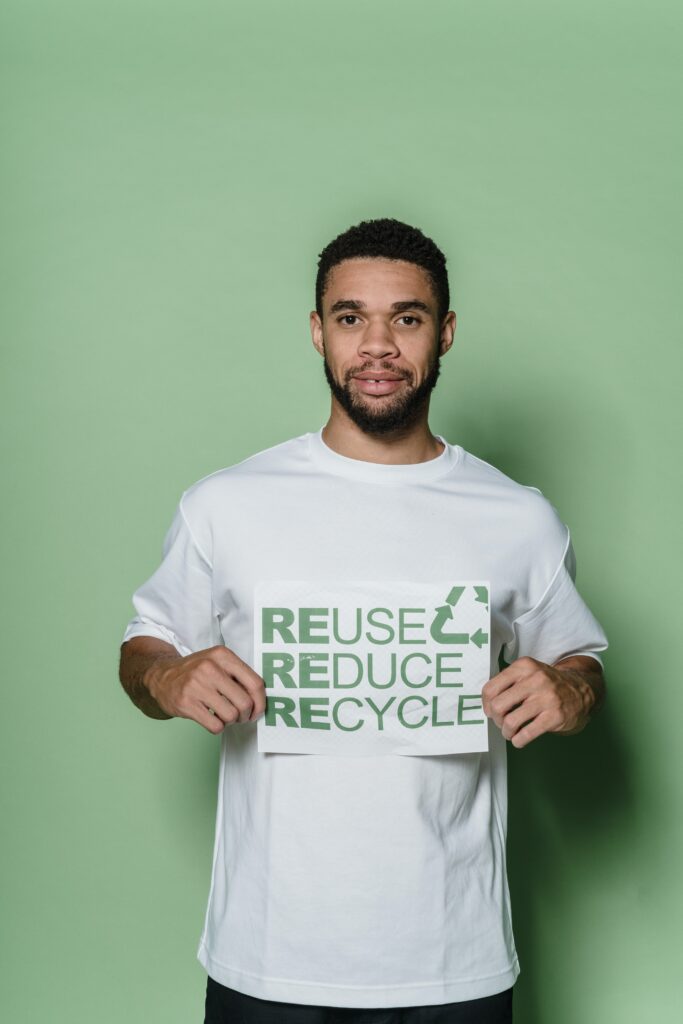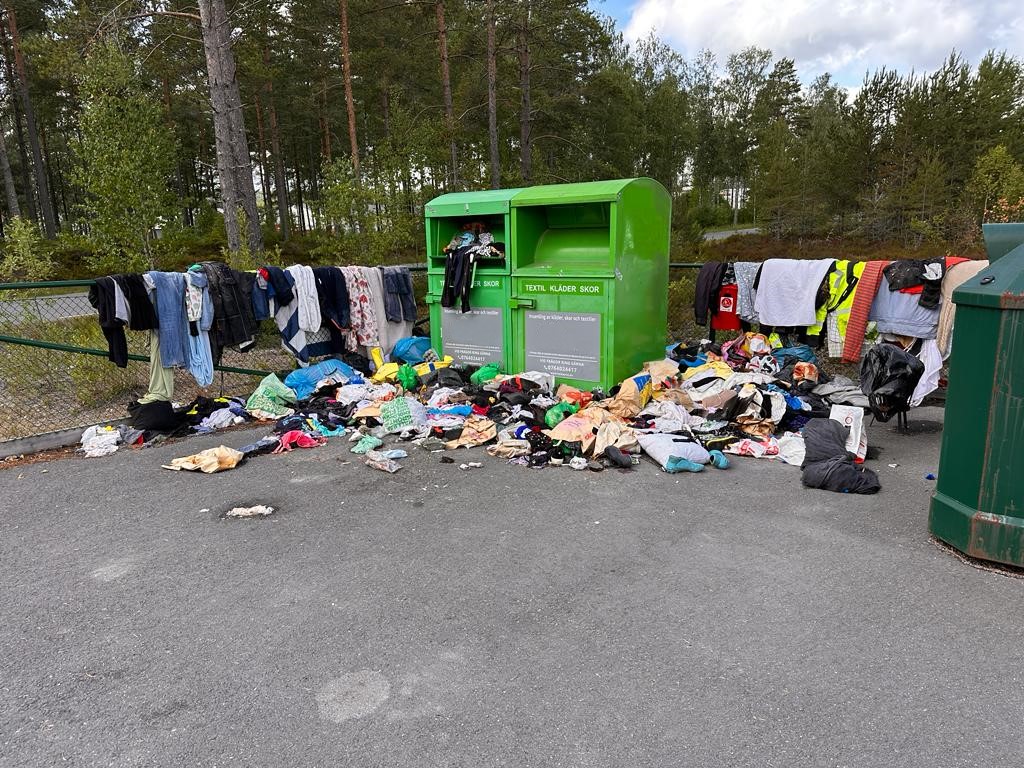Our concept is simple
Transform Lives with Your Old Clothes: Donate and Recycle for a Cause!

Reducing textile waste is a crucial step towards creating a circular and sustainable economy. By actively engaging in and supporting this initiative, you become a significant force in safeguarding the environment and fostering positive transformations in economically challenged communities.
When you choose to donate your gently used clothing instead of discarding it, you enable others to benefit from its utility, thus extending its lifespan. It’s essential to bear in mind that even minor alterations in our daily habits can lead to substantial impacts when combined. Each step we take plays a vital role in constructing a more sustainable and eco-friendly future.
Facts to add:
Textile waste is a growing environmental concern, as the fashion industry is one of the biggest contributors to pollution and resource depletion.
Extending the life of clothing by just nine extra months of use can reduce the carbon, water, and waste footprints by up to 20-30%.
Donating clothing not only helps the environment but also supports social causes and disadvantaged communities by providing affordable clothing options.
By participating in textile recycling initiatives, we can also reduce the demand for new clothing production, which further conserves resources and minimizes environmental impact.
As a global community, collective efforts in reducing textile waste can lead to significant positive effects on climate change, water conservation, and waste management.
Textile consumption, kilos per person in Sweden
Today’s Swedish textile consumption has a major impact on the environment and climate and causes the release of hazardous substances into the air, water and soil. The net inflow (import minus export) of new textiles per person to Sweden has increased by over 40 percent between the years 2000 and 2022. This corresponds to an increase of approximately 4.5 kg per person.
The total net inflow of new textiles amounted to 15.2 kg per person in 2022. This means that the net inflow in 2022 increased by 0.4 kg (equivalent to 3 percent) per person compared to 2021. Since 2020, the inflow has increased by 3.2 kg per person, corresponding to 27 percent. This is a clear break in trend compared to the years 2015–2019, the years before the corona pandemic, when the net inflow was fairly constant at just over 13.5 kg per person.
Source: https://www-naturvardsverket-se
The government proposes circular handling of textiles and textile waste

The Government Office has forwarded a proposal to promote recycling of textiles and separate collection of textile waste.
In a press release, the government writes that textiles and textile waste are today handled in an unsustainable way. Among other things, the EU Commission has stated that it is the fourth largest cause of negative environmental and climate impact from a global perspective.
In order to improve the handling of textiles and textile waste, the Government Office has now drawn up a memorandum with proposals which must now be forwarded.
– With these proposals, the government wants to increase the circular handling of textiles and textile waste. We must recycle more clothes and other textiles, to reduce the impact on both the climate and the environment, says Climate and Environment Minister Romina Pourmokhtari, in the press release.
Source: https://www.recyclingnet.se/